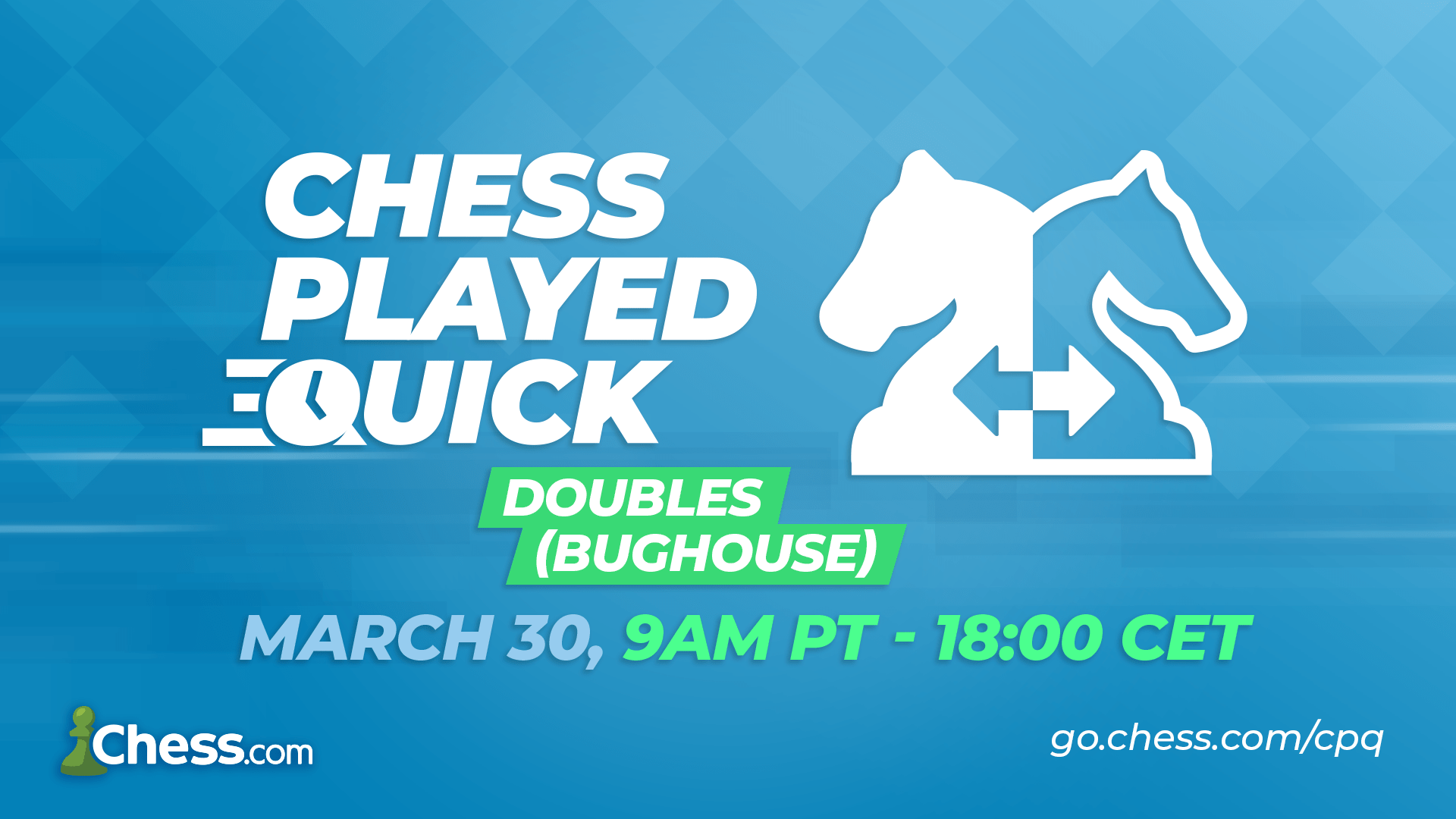Exploring the Strategic Depths regarding Bughouse Chess
In typically the vast landscape of chess variants, one game stands out due to its unique blend of strategy, balance, and rapid decision-making: Bughouse Chess. Often hailed as the “chess of the adrenaline junkies, inches Bughouse Chess features a dynamic turn for the traditional sport, where teamwork in addition to tactical prowess rule supreme. In this article, we explore the intricacies involving Bughouse Chess, exploring its origins, game play mechanics, and the particular strategic insights that make it a well liked among chess fans worldwide. Origins: Bughouse Chess traces their roots back in order to the late twentieth century, emerging while a popular alternative among chess gamers seeking new difficulties and experiences. The particular exact origins happen to be somewhat murky, but it is believed to include originated in simple chess clubs and even gatherings, where participants experimented with alternate regulations and formats. More than time, Bughouse Mentally stimulating games gained momentum, attracting a dedicated following and even arranged tournaments in some chess communities. Gameplay Mechanics: In its main, Bughouse Chess maintains the fundamental regulations of traditional mentally stimulating games, with one major addition: teamwork. The game is typically played by simply four players, split up into two teams involving two. Each person controls a standard chess set and makes moves based to the guidelines of chess. However, the twist is situated in the dynamic exchange of grabbed pieces between teammates. When a player captures an adversary's piece, instead of removing it by the board, they will hand it to their teammate, who are able to then place that on any clear square on their board his or her transfer. This introduces a new strategic layer involving coordination and connection between teammates, as they must adapt to the pieces acquired as well as the evolving panel positions. The speed of Bughouse Mentally stimulating games is often fast and even frenetic, with regular exchanges and tactical maneuvers shaping the flow of the particular game. Time management becomes crucial, because players must sense of balance their own goes with the skill of these teammate plus the overall approach of their staff. Strategic Insights: Bughouse Chess challenges participants to think not only about their particular position but in addition concerning the needs and opportunities of their very own teammate. Effective communication and coordination happen to be paramount, as participants must convey their own intentions and evaluate their partner's placement to make the most strategic moves. bughouse chess of pieces adds a dynamic element in order to the game, making players to continuously reevaluate the plank and adapt their particular plans accordingly. Forfeit become more recurrent and strategic, because players aim in order to create opportunities for their teammate when minimizing the potential risks in order to their own place. Furthermore, Bughouse Mentally stimulating games rewards creativity in addition to improvisation, as participants must think on their feet and use unexpected openings or weaknesses in the opponent's position. The ability to anticipate the flow in the game and coordinate with one's teammate distinguishes the leading Bughouse players coming from the rest.  Bughouse Chess gives a stimulating and exhilarating experience for chess fanatics looking to challenge themselves and check out new dimensions in the game. With the blend of strategy, team-work, and rapid decision-making, Bughouse Chess proceeds to captivate participants around the world, fostering a vibrant community of zealous aficionados. Whether enjoyed casually among pals or competitively in organized tournaments, Bughouse Chess remains a testament to typically the enduring appeal in addition to versatility of the ancient game associated with chess.
Bughouse Chess gives a stimulating and exhilarating experience for chess fanatics looking to challenge themselves and check out new dimensions in the game. With the blend of strategy, team-work, and rapid decision-making, Bughouse Chess proceeds to captivate participants around the world, fostering a vibrant community of zealous aficionados. Whether enjoyed casually among pals or competitively in organized tournaments, Bughouse Chess remains a testament to typically the enduring appeal in addition to versatility of the ancient game associated with chess.